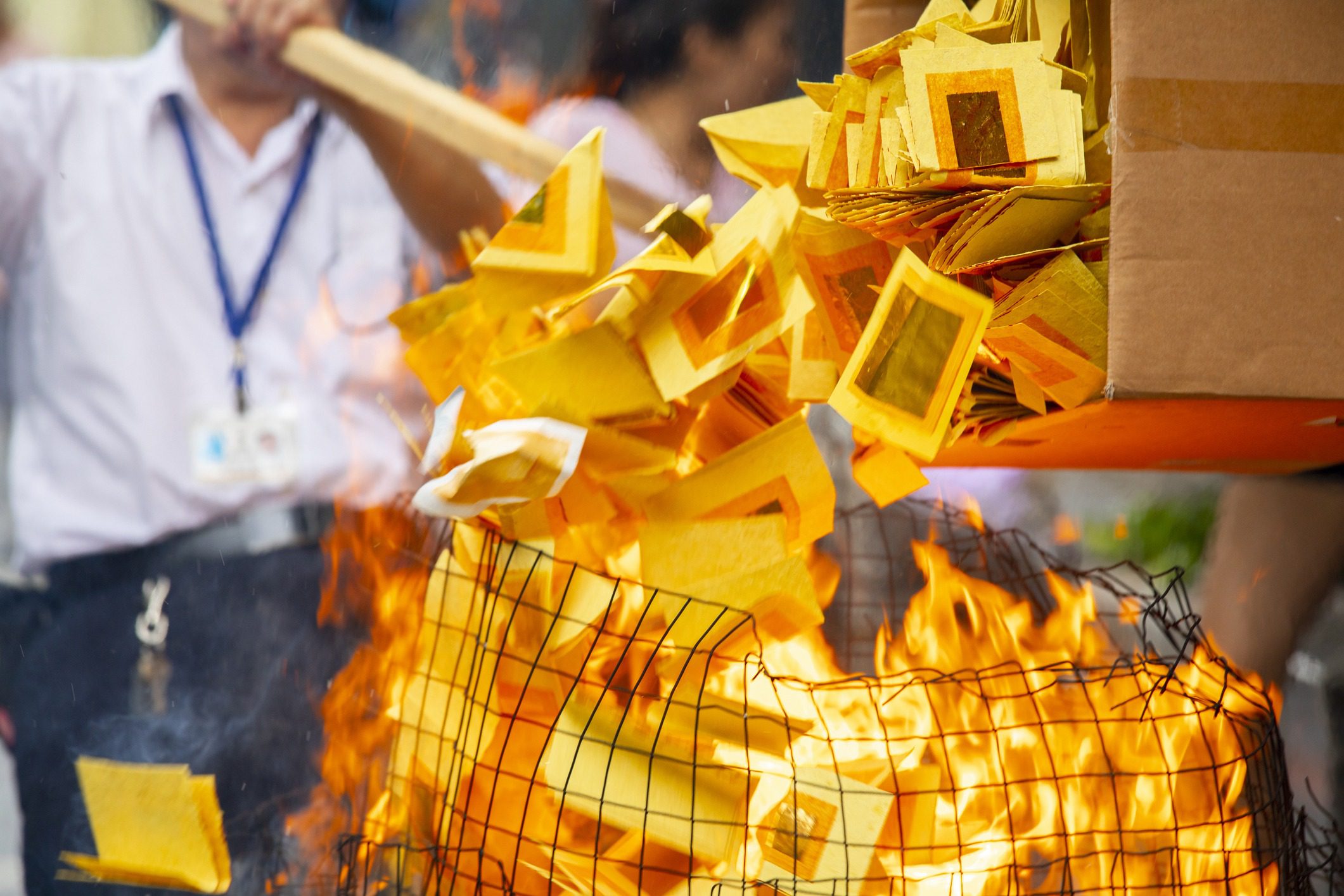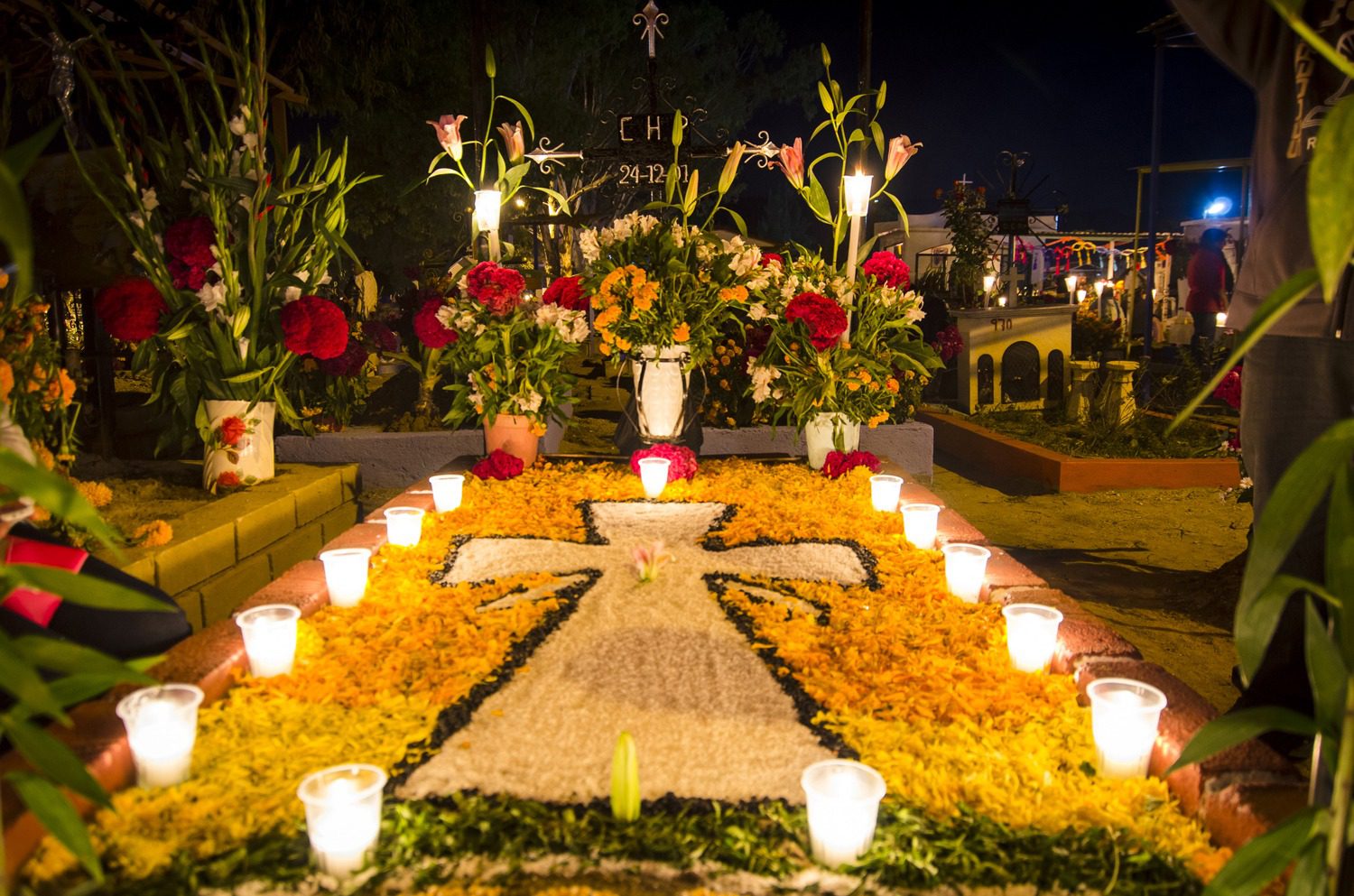
Children everywhere look forward to Halloween with glee. And why wouldn’t they? They get to dress up in fun costumes, galavant about town with their friends and have all sorts of sweet treats to look forward to. In this post, uTalk’s guest blogger Brian explores festivals that are similar to Halloween and are celebrated around the world.
It might be surprising to learn that customs similar to Halloween are practised all over the world. And unlike our concept of Halloween, some of them are really terrifying.
From the creepy masked dancers of Thailand’s Phii Ta Khon festival, to the elaborate taboos followed by ethnic Chinese during the Hungry Ghost Festival (when the gates of Hell are flung open and all manner of evil spirits and demons are believed to haunt the very streets we walk on!) to Mexico’s poignant El Día de Muertos where dead relatives and friends are lovingly remembered, to the macabre Famadihana of Madagascar, when the decomposing remains of deceased family members are removed from the family crypt once every seven years to be cleaned, wrapped in fresh cloth and then taken for a “dance” around their tombs before being returned to rest for another seven years.
Phii Takhon (ผีตาโขน)
The people of Northeast Thailand believe that long ago, a prince who been presumed dead had returned to his people, alive and well. The people were so happy they rushed to the streets to celebrate and the noise from the celebrations was so great that even the forest spirits awoke and came to visit the living.
Celebrated for three days every year in the normally sleepy town of Dan Sai, located in the region of Isan Northeast Thailand, it is a colourful and rowdy event. Expect to see all kinds of parades, with men dancing in creepy ghost costumes while ringing cowbells to announce the arrival of the spirits.
Do not be shocked to see the ghosts carrying a giant red phalllic carving. The “ghosts” dance through town showing them off – and teasing women as they go along!
The Hungry Ghost Festival
The Hungry Ghost Festival, called Zhongyuan Jie (中元節) or Gui Jie (鬼節) in Chinese is celebrated on the seventh month of the Chinese Calendar, also known as the Ghost Month (鬼月). The Chinese believe that the gates of Hell are flung wide open during this month, and all kinds of spirits, good and bad roam the earth. Many families will offer food and drink to their ancestors who return to visit their descendants besides burning incense and joss paper (金纸), a sheet of paper specially-made to resemble money meant to be burnt as a gift to the spirits. Joss paper is burnt on street corners and food and drink are left there as gifts for the dead.
While the main festival is on the 15th day of the month, many people believe that dead souls are roaming the streets all month long and certain superstitions must, therefore, be followed during this time. For example, Chinese opera performances are held all month long but spectators are warned never to sit on the special red seats on the front row. These are reserved for the spirits and the living who sit on them are doomed to be cursed by the dead. Also, avoid swimming during the seventh month as water spirits will grab hold of your legs and drag you under! Avoid staying out late, because wandering spirits might follow you home!

El Día de Muertos
A popular holiday celebrated in Mexico, the Day of the Dead (El Día de Muertos) involves family and friends gathering to pray for the souls of the departed. Celebrated from 31st October to 2nd November, relatives visit graves and set up ofrendas or altars bearing flowers and other decorations as well as the deceased’s favourite food and drink.
Toys are brought for dead children and bottles of liquor like tequila or mezcal for deceased adults. One common decoration is the skull or calavera which appears in the form of masks and as decorative motifs. Skulls even come in the form of chocolates and various sweets called alfeñiques.
Famadihana
The Famadihana or “turning” (of the dead) is a ritual that takes place in the highlands of Madagascar between July and October once every seven years. It is an important festival where people spend time with their loved ones, both living and dead.
The ancestors’ tombs would be opened and the bodies are removed from their shrouds and placed on reed mats. They are then wrapped in new shrouds during which, family members might place small gifts; toys for children, cigarettes or alcohol or perfume for adults. The newly re-wrapped corpses are carried aloft and people dance with them to Malagasy tunes from a brass band playing nearby.
Finally after dancing with the dead, the re-wrapped corpses are carefully carried back to their tombs where they rest for another seven years.
👻 Want to find out more about Halloween or spooky language topics? Check out some of the blog posts below! 👻
English Idioms: Halloween Special